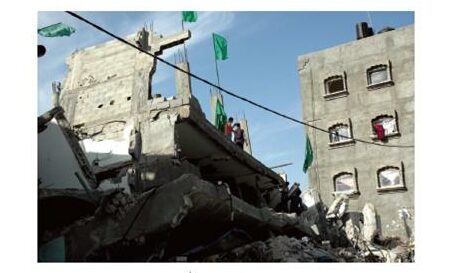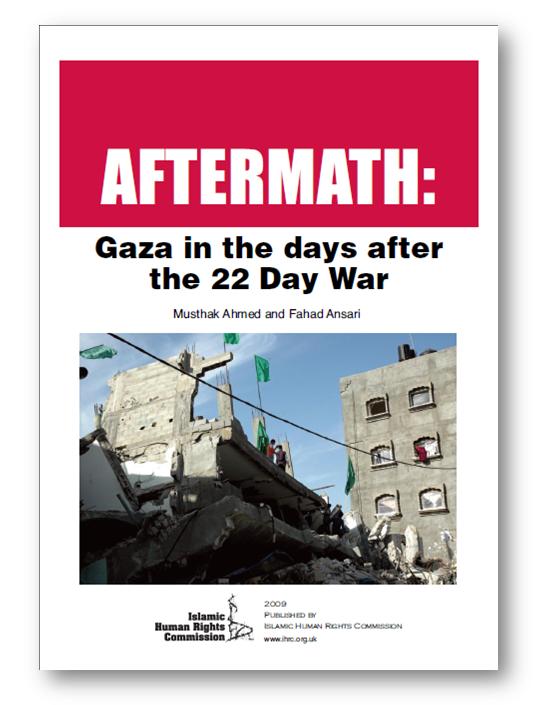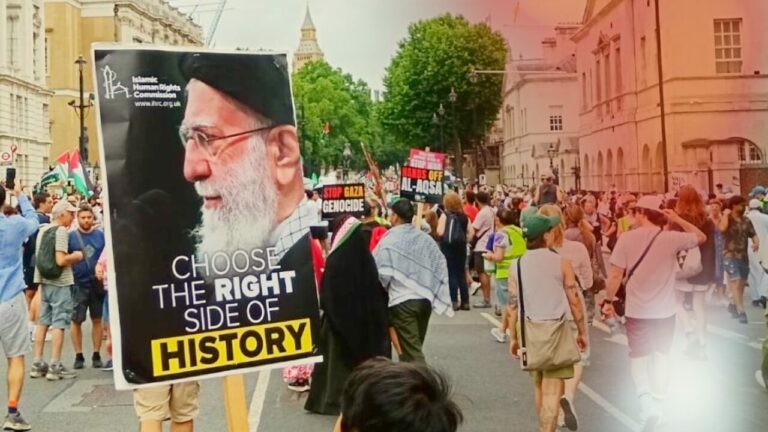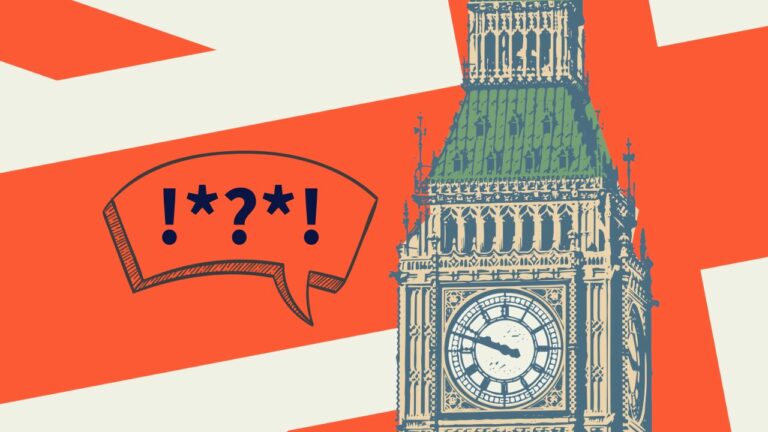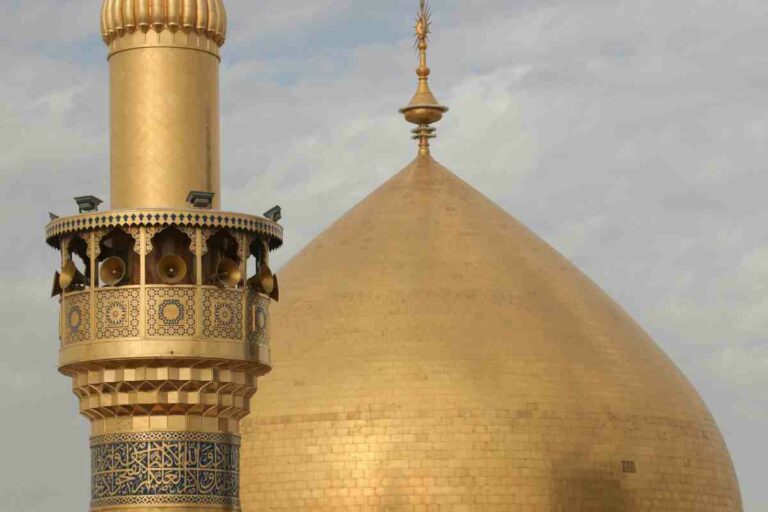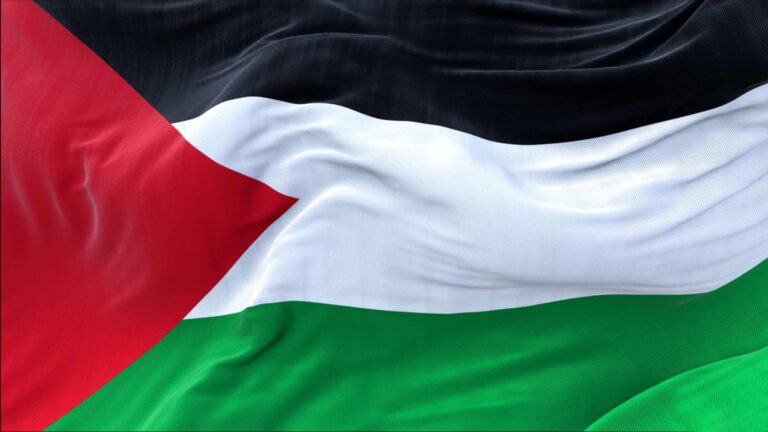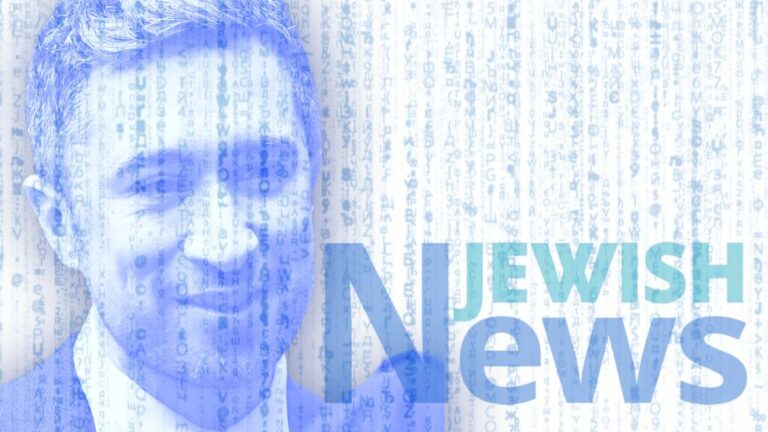In the days after the trauma that was the 22 day assault on Gaza at the end of 2008 and early 2009, two of the IHRC team visited Gaza. Like the many, many other NGO workers from various countries, part of their purpose was to take detailed testimony from the countless victims of aggression: those who lost family, homes and businesses, or were maimed and psychologically injured. What follows is not those testimonies but the journals of both from their short trip.
Content warning: war, graphic injury detail, sexual violence
Download here. ISBN 978-1-903718-59-9, 42 pages.
Publication date: 7 May 2009
From Musthak Ahmed’s diary:
Surely the IDF tried their utmost to distinguish between combatants and civilians? No. The reality was exposed by the graffiti left by those soldiers who were responsible, making it absolutely clear. These soldiers hated all Arabs. They had little concern for the norms of war, and knew that their disregard for the sanctity of human life would go unpunished by their Army.
We entered the building used by the IDF, and were immediately struck by the graffiti plastered everywhere. This included: Star of David, ‘kill all Arabs’, ‘death to Arabs’, ‘brave Arabs will be underground’, peace between Israelis only’ and ‘south Israel belongs to Israel’. Others would pen filthy slurs against Palestinian Women, around a solitary bullet hole in the wall, the hole being a reference to the vagina.
From Fahad Ansari’s diary:
Our interpreter Ibrahim joined us and we took this testimony from him before going to bed.
His story like so many alarmed us. He told us of how Israeli troops had targeted everyone and everything during the offensive – nothing and nobody was spared; men, women, children, government buildings, schools, hospitals, factories – all were deemed legitimate targets. Even animals in the zoo were shot and killed during the ground offensive. But his attitude was one of resilience – he was of the opinion that Israel believed it could batter the Palestinians into submission and that the harder they hit them, the quicker they would surrender. But Ibrahim was defiant – he would fight until he was martyred and after him, a new generation would fight and this would continue until they were free
REVIEW:
“In the light of Israel ‘s banning journalists from Gaza , Musthak Ahmed and Fahad Ansari’s first-hand account, on behalf of the Islamic Human Rights Commission, of what had happened there is informative and valuable. Their report introduces us to some of the Palestinians whose suffering we first heard about through the filter of a censored media. What the media ultimately told us of Israeli targeting of hospitals, ambulances, schools, mosques, parks is here confirmed and enlarged on. Ahmed and Ansari describe not only the slaughter but the blatant and obscene racism even in graffiti. They also report Gazans’ desire for peace as well as the determination and defiance even of the children. This is what we hear little about. The Palestinians refuse to be driven out despite the pain and suffering the Gaza war still causes and the suffocating Israeli blockade which continues.
“Ahmed and Ansari contrast the welcome and generosity of Palestinians despite their impoverishment, with the rough uncaring treatment they received from officialdom in Egypt . The armed police were reluctant to let them cross into Gaza and inspired fear even when the two men were on their way home to Britain…
“The report tells us that Gazans were greatly encouraged with the demonstrations in their support around the world, but they made clear that for them the greatest support now begins with boycotting Israel .
Michael Kalmanovitz,International Jewish Anti-Zionist Network ( UK )

